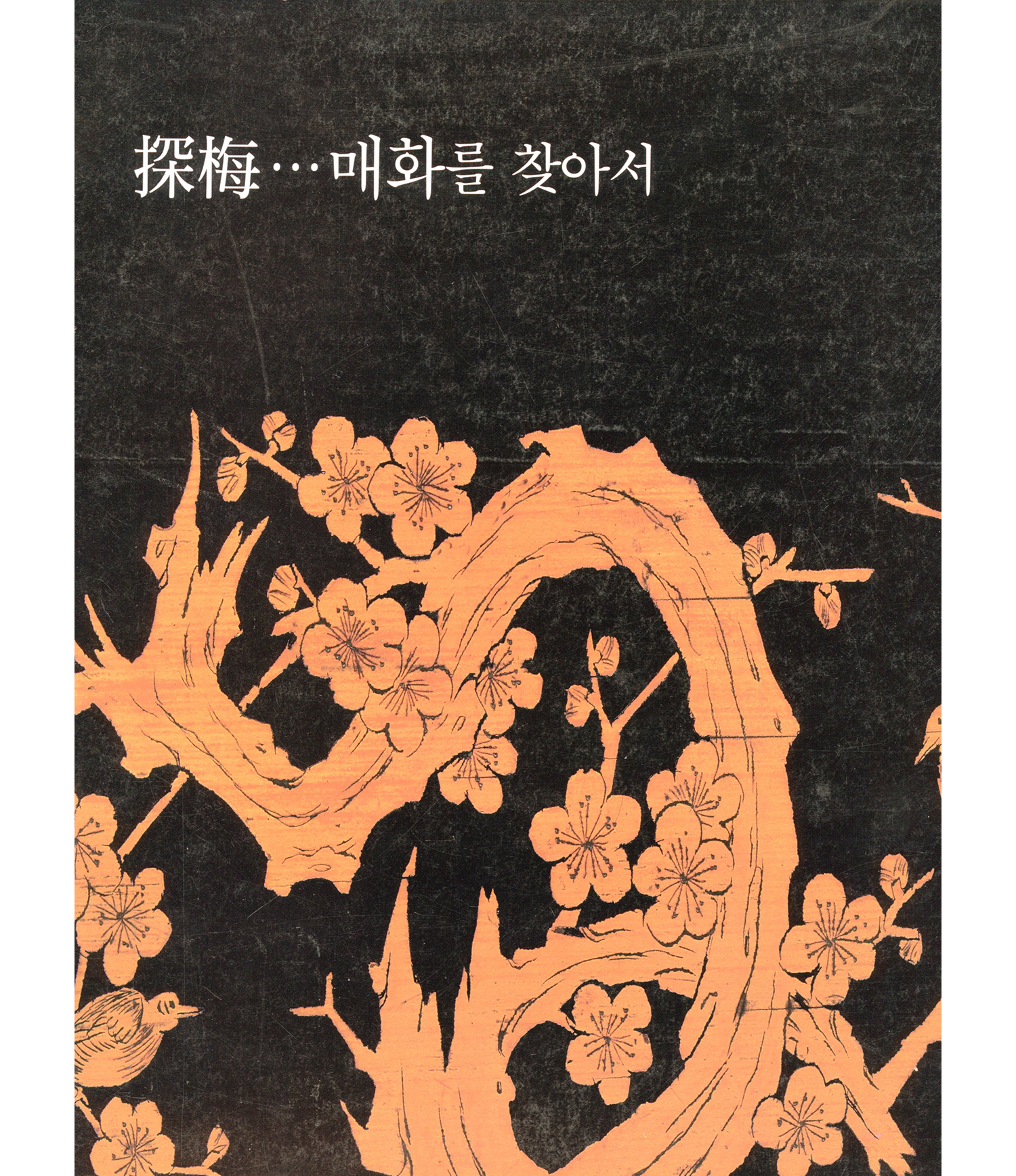
- In Search of the Maehwa Blossom
- 전시장소Ewha Womans University Museum
- 전시기간1997. 03. 08 - 1997. 06. 30
When the season changes from winter to spring, plum blossoms, or maehwa , greet the world earlier than the other flowers. Maehwa is one of the sagunja, or four gracious plants, along with the chrysanthemum, orchid, and bamboo, that symbolize perseverance in overcoming hardship and adversity. The maehwa has long been used to represent the beginning, spring, love, long life, and courage in Asia. The maehwa, along with the pine tree and bamboo, is also considered one of the three friends that endure winter, and has been a frequent motif for poets and writers. For this exhibit, pieces from the Ewha Womans University Museum collection were displayed along with personal possessions and pieces from other museums. The exhibition showed the scholar's love and recognition of the flower through the maehwa displayed in ancient paintings, ceramics, furniture, accessories, stationery, and modern paintings. The 127 pieces were divided into five groups with the following titles: "Maehwa Blooming on Ceramic Ware;" "Maehwa Blooming in the Snow;" "Message of Love and Spring;" 'Blooming Alone in the Cold Winter Snow;" and "Maehwa in Paintings." Also displayed were apricot flowers on Goryeo (918~1392) celadon, apricot flowers painted on Joseon (1392~1910) white porcelain in blue, iron, and cinnabar underglaze, apricot flowers drawn alongside poems on pure white porcelain, maehwa on accessories, furniture, dressers, and folding screens, maehwa on stationery such as brush holders, ink stones, ink sticks, and stamps made of paper, all of which reflect the aloofness of the Joseon literati, and, finally, maehwa in paintings from the Joseon dynasty to the present day.